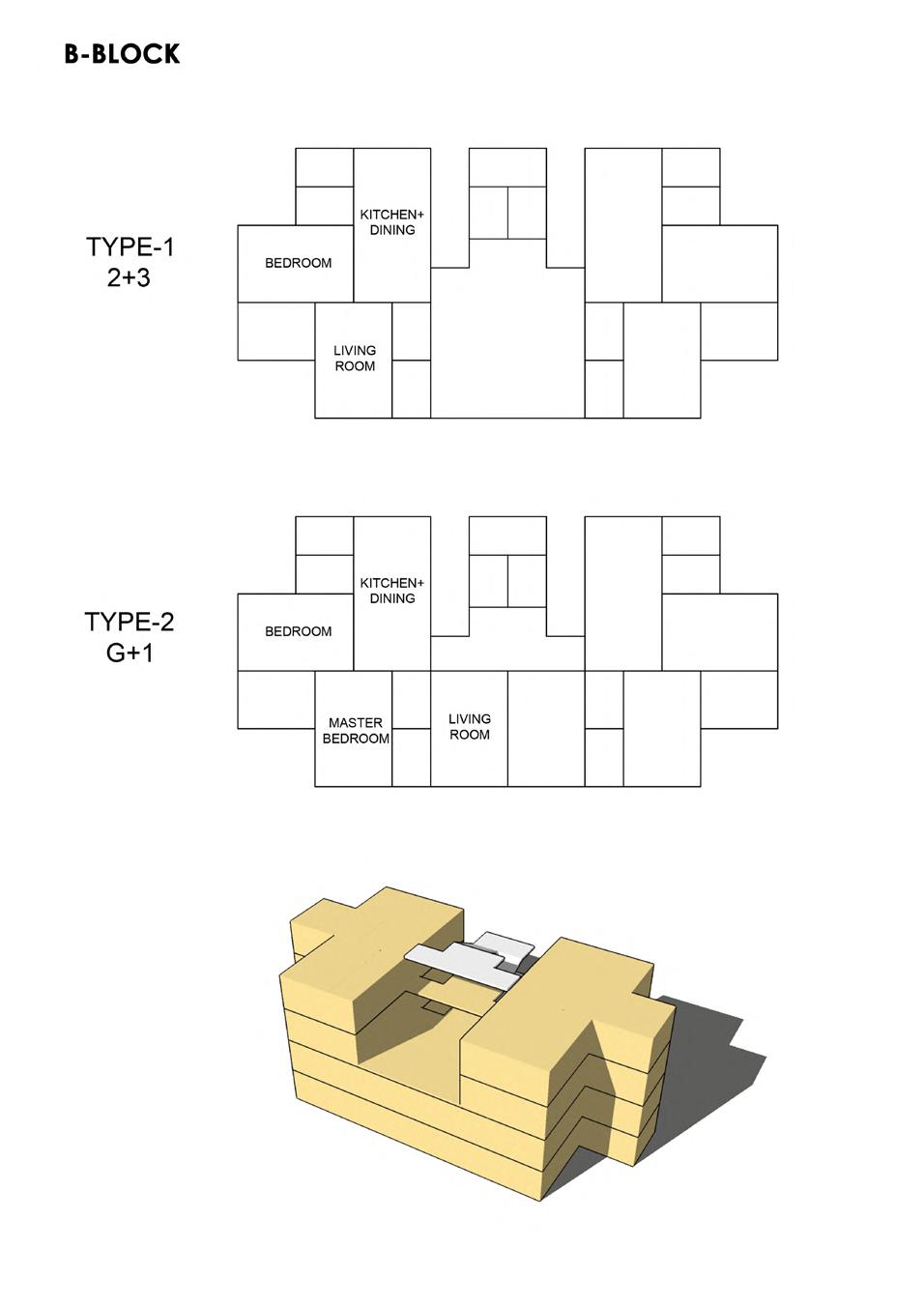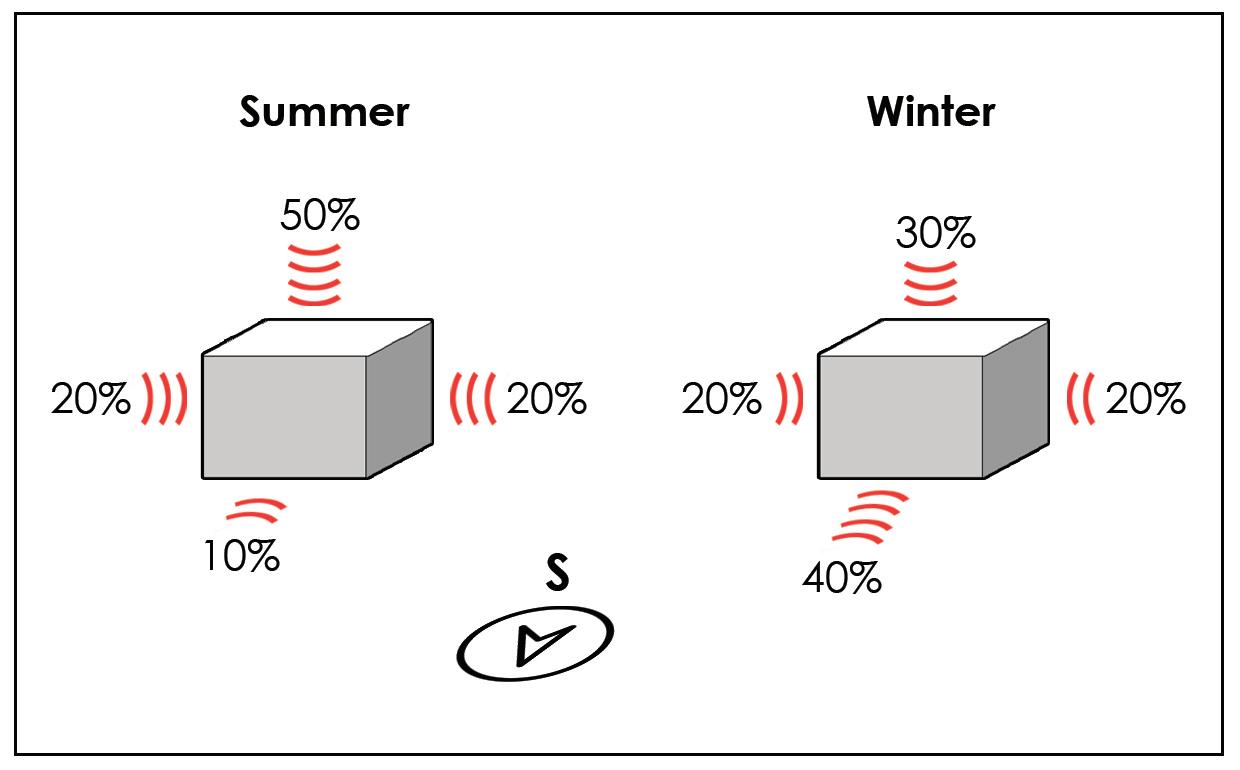for flooring. All these materials are locally available very easily but the locals prefer concrete construction for it provides an advantage of lesser construction time.
building orientation or obstructions which block the direct sunlight, it is best to equip the building with adequate thermal insulation. There are two components of EEB construction-
A detailed understanding of traditional building techniques allows us to understand the Passive Solar Building technology because the underlying principles of both these methodologies are more or less the same. Ferrari further went on to convert his dissertation into a book, ‘High altitude houses: Vernacular Architecture of Ladakh’ which I highly recommend if one is interested in exploring the link between the cultural heritage and architecture of Ladakh.
a. Insulation to retain indoor heat and prevent heat loss; b. Ventilation to supply fresh air to inhabitants. In order to attain a comfortable room temperature, it is important to supply heat inside the building. The amount of energy required to heat the building is equal to the difference between the heat loss (by ventilation and heat infiltration) and heat gain (by solar and indoor gains) of the building. Heating Energy Demand = Heat loss - Heat gains From this equation we can easily understand the strategy of EEC buildings which is to reduce the heat loss and maximize the heat gains, thus reducing the amount of energy required to heat up the building i.e. the heating energy demand. As the heating demand decreases, so does the heating consumption of the building which results in the increase in the efficiency of the system. The relation between these three can be derived asHeating consumption = Heating Energy Demand / Global Heating System Efficiency
4.2 GERES Design Manual Passive Solar basics According to the GERES Design manual (2012), Low Energy Consuming (LEC) building techniques can be adapted to the cold and dry climate of the trans himalayan region to provide comfortable living conditions even in winters. There are two main types of LEC constructions family that can be implemented in Indian Himalayas: 1. Energy Efficient Buildings (EEB): Type of construction that integrates only thermal insulation. 2. Passive Solar Buildings (PSB): Type of construction that integrates passive solar architecture with thermal insulation.
According to the experience of GERES India about energy efficiency in Indian Himalayas- PSB techniques can annually save up to 70% of heating energy; - EEB techniques can annually save up to 45% of heating energy. Thermal comfort is generally increased in LEC buildings.
1.1. Energy Efficient Building Concept: When it is not possible to properly collect solar radiation, due to bad 19






